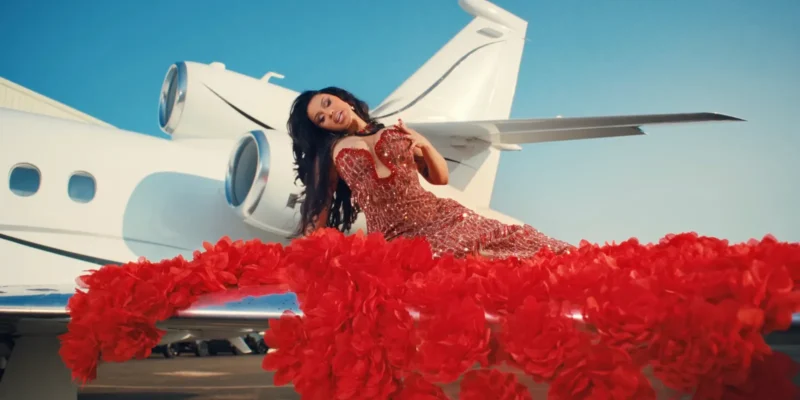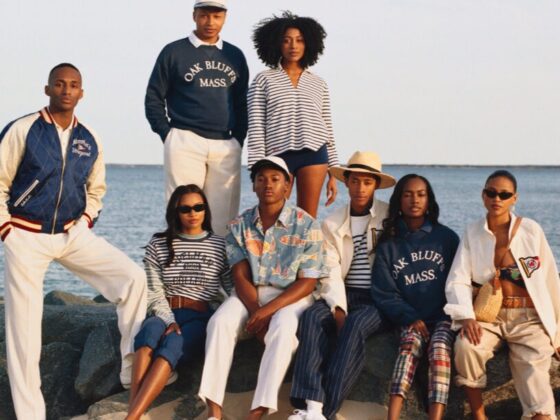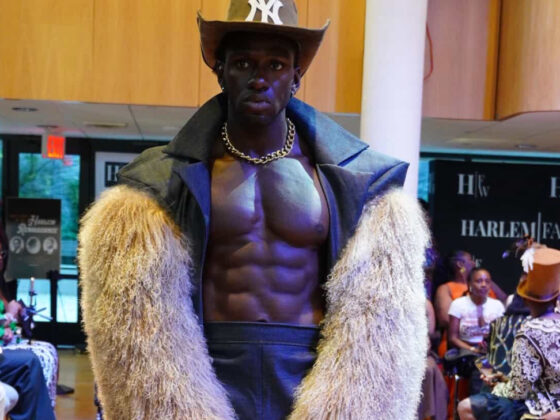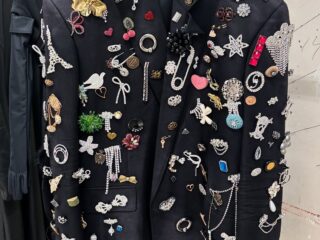Cardi B has never been one to mince words, and her latest track Imaginary Playerz is proof of just that. With one sharp bar she cuts straight to the heart of fashion’s most misunderstood debate:
“You b**ches don’t even know the difference between vintage and archive.”
It’s a read and shade but it’s also a teachable moment. Often, “vintage” and “archive” get tossed around interchangeably in music, fashion, and even on resale platforms. But Cardi, who has turned couture into a second language, knows the difference—and she’s daring us to know it too.
What’s the Difference?
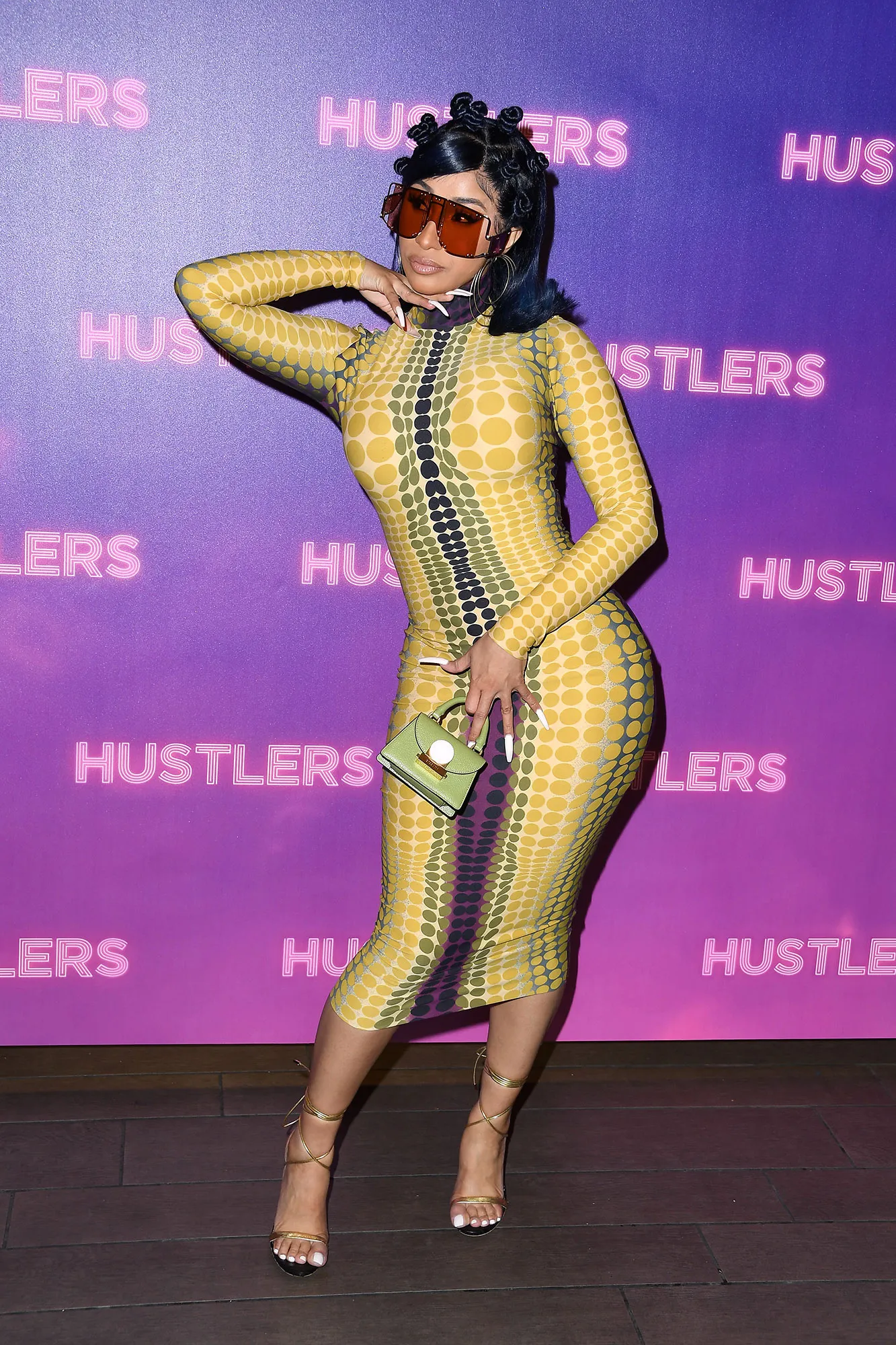
Vintage refers to clothing that’s at least 20 years old, representing the era it was created in. Think of a ’90s Jean Paul Gaultier mesh dress or a classic Dior saddle bag from the early 2000s. These pieces carry nostalgia, telling the story of the trends that defined their time.
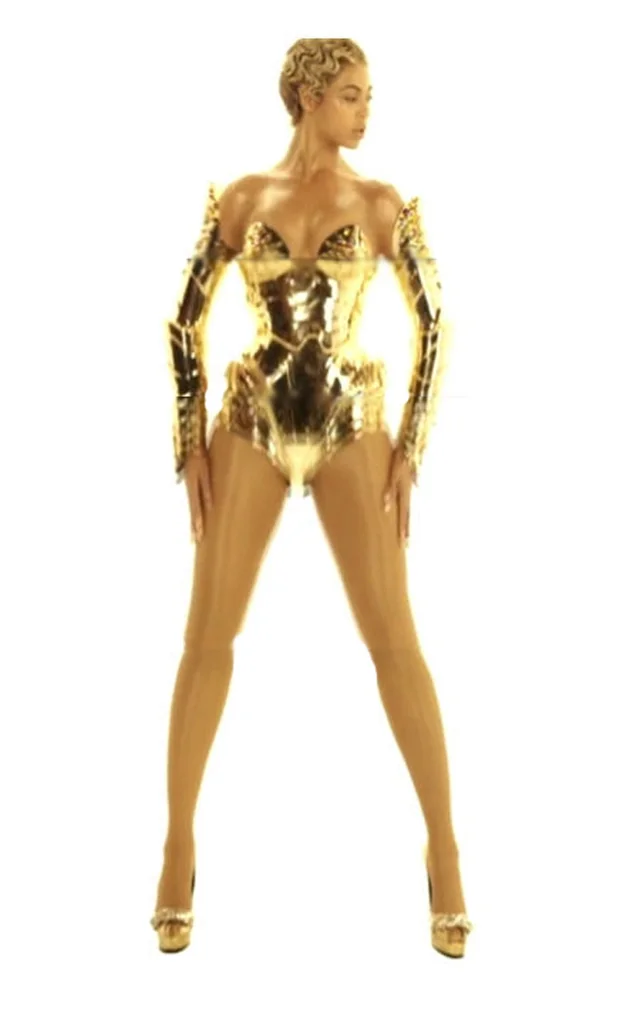
Archive, goes deeper. These are rare, often one-of-a-kind pieces pulled directly from a designer’s historical collections. They’re museum-level garments that live in fashion houses’ vaults, pulled out selectively for exhibitions—or a star powerful enough to wear them. Beyoncé in Thierry Mugler’s 1995 archive bustier? That’s archive.
Cardi has proven time and again that she doesn’t just rap about luxury—she wears it, curates it, and lives it. In 2019, she shut down the Grammys red carpet in vintage Mugler: a 1995 couture oyster gown from the house’s archives. Styled by Kollin Carter, that moment instantly became one of her most iconic, signaling to the industry that Cardi wasn’t just a chart-topper—she was a couture contender.
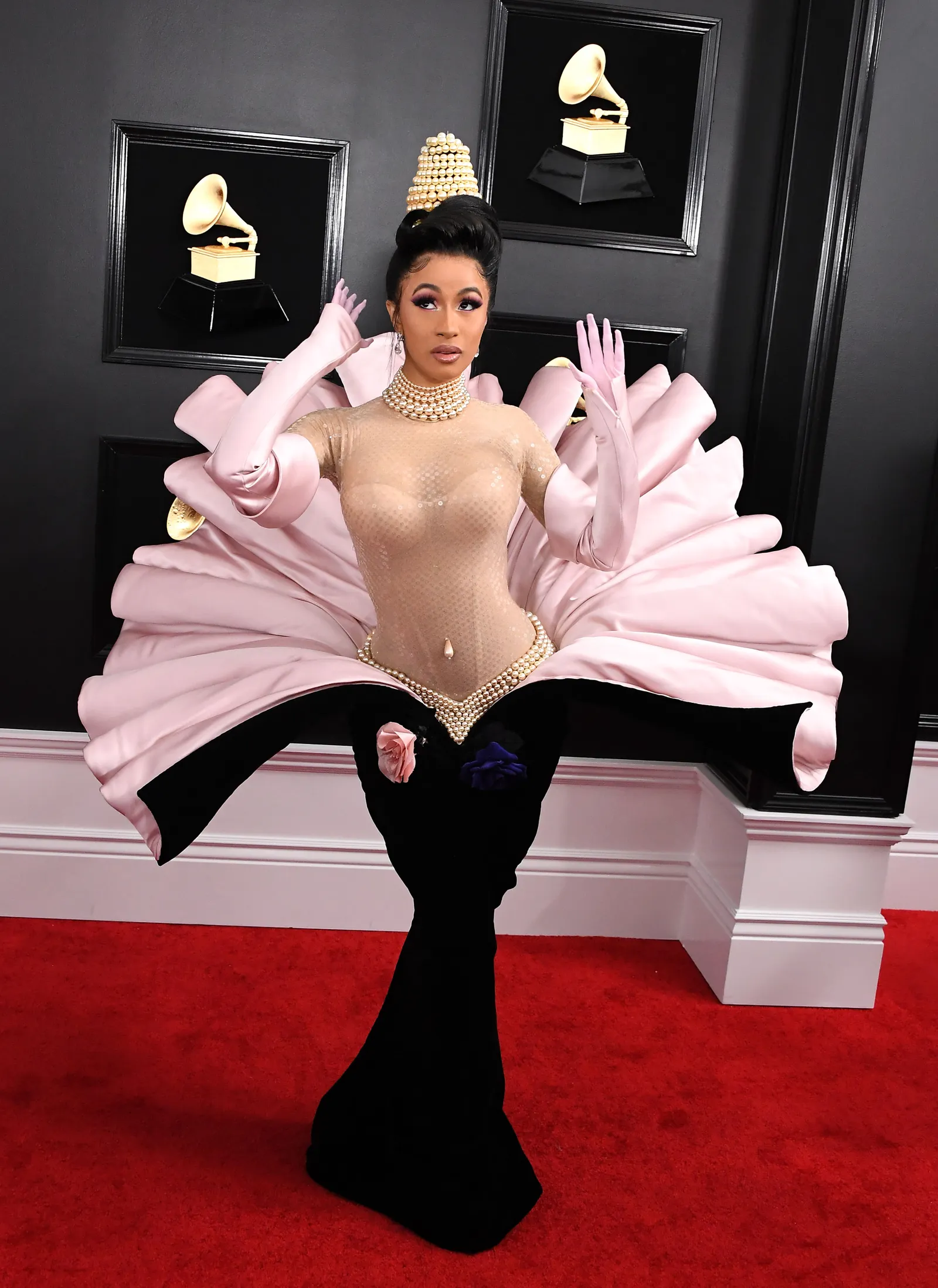
Since then, she’s worn both vintage finds and archive treasures: Versace from the ’90s, Mugler straight out of storage, and custom looks that cement her as a muse in her own right. Each choice is intentional. When Cardi steps into vintage, she’s paying homage to the designers and eras that shaped fashion. When she steps into archive, she’s aligning herself with the history of fashion itself.
Hip-hop and fashion have always been intertwined. Lil’ Kim in Chanel, Aaliyah in Tommy Hilfiger, Missy Elliott in custom Adidas—all these moments shaped the culture. Cardi is part of that lineage, but she raises the stakes. By flexing in archive fashion, she’s not just showing off wealth, she’s showing access, power, and recognition from the very designers whose work defines fashion history.
When she raps, “Hoes kept complainin’, so I copped more diamonds. And more archive, vintage couture on me,” she’s underlining the point: her wardrobe isn’t just glamorous, it’s educational. Every look is a statement.
Cardi’s lrics is more than shade—it’s a reminder that fashion has depth. Words like “vintage” and “archive” carry weight. To know the difference is to respect the craft, the designers, and the cultural stories sewn into each garment.
In today’s fashion landscape, where resale apps blur definitions and fast fashion copies couture at the speed of light, Cardi’s lyric is a mic drop. She’s reminding us that to be stylish is one thing—but to know your fashion history? That’s power.
And if there’s one thing Cardi B will always serve, it’s power—through music, through couture, and through every single look that keeps us talking.

